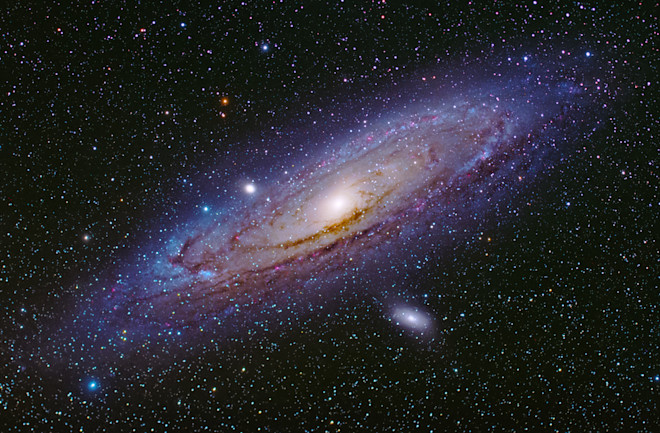UNAM develops key software to create the most accurate map of the Milky Way Galaxy

Scientists from the Institute of Astronomy of the National Autonomous University of Mexico (UNAM) are working with experts from the Sloan Digital Sky Survey (SDSS) in the elaboration of the most precise map of the interstellar region of our Milky Way so far, a project for which they developed the Data Analysis Pipeline software, key in the processing of the images.
Sebastian Francisco Sanchez Sanchez, researcher at the institute, and who participates in the project, explained that the mapping is done with the most innovative equipment for the spectroscopic study of the Milky Way, with which it is expected to know with the greatest possible detail the interstellar material of our galaxy.
“We are mapping the interstellar medium of the Milky Way and the galaxies of the local volume, with a totally new technique that has been developed from scratch, and the first achievement is that we already have the ability to produce science after almost six years of work,” said the astronomer.
Gaceta UNAM reported that to demonstrate the effectiveness of this innovative system, the specialists captured the Orion constellation, an image that contains about 200,000 individual photos and covers an area hundreds of times larger than the Moon and represents less than 1% of the area to be reviewed.
Sanchez Sanchez pointed out that the institute developed a novel analysis software called Data Analysis Pipeline, which corrects the characteristics of the stellar continuum and recovers the parameters of the emission lines (e.g., flux, equivalent width, systemic velocity and velocity dispersion) with great precision and accuracy.
He recalled that the SDSS uses a network of robotic equipment that is installed at the Las Campanas Observatory in the Atacama Desert in Chile, and although the equipment had already been in operation for some time, it has now begun full operation of all of them, so it is expected to obtain clear details of the space between the stars, which contains interstellar gas and dust that play a crucial role in how galaxies evolve.
Previously, he added, the samples that were taken were observations with a technology called integral field spectroscopy, with which the light from the galaxies closest to us is broken down to obtain data on their stellar composition, such as the hot or ionized gas that is heated by the stars, offering data on the evolutionary processes that give rise to the galaxies we know today.





